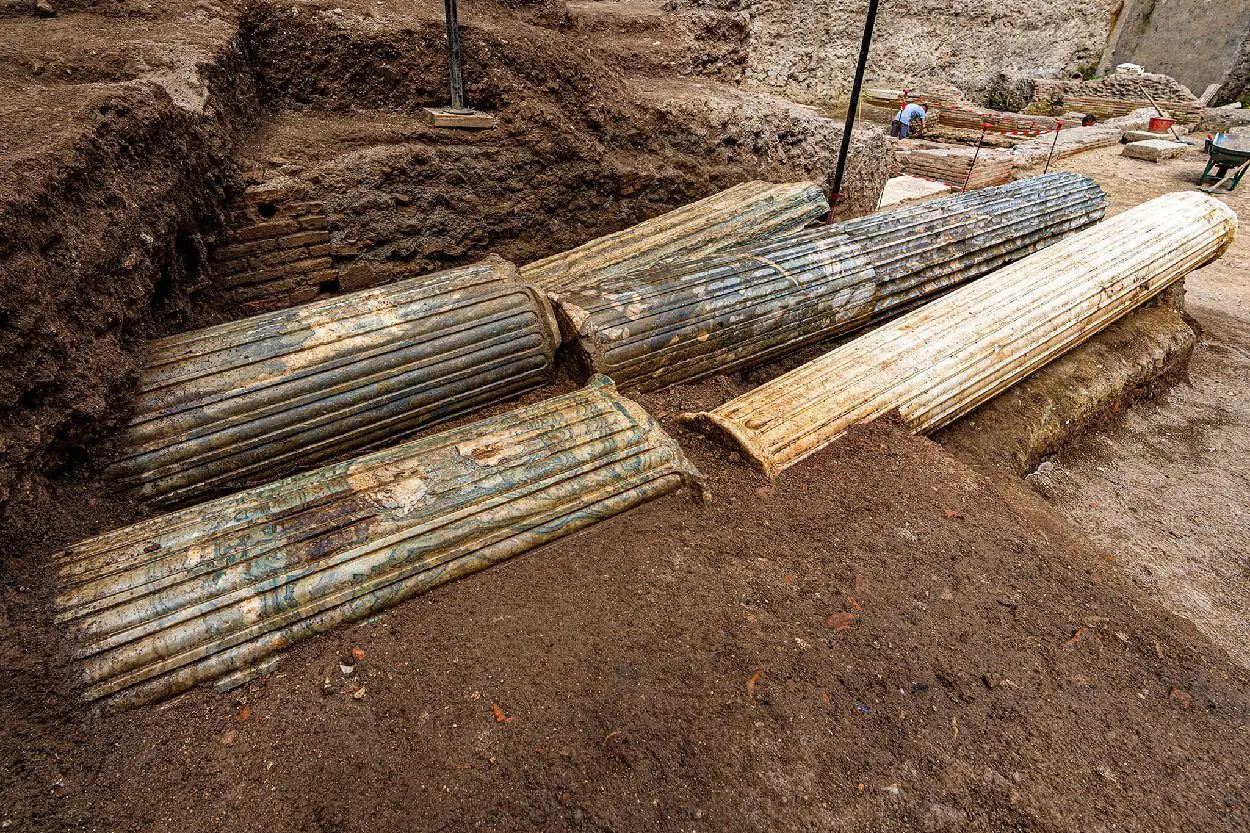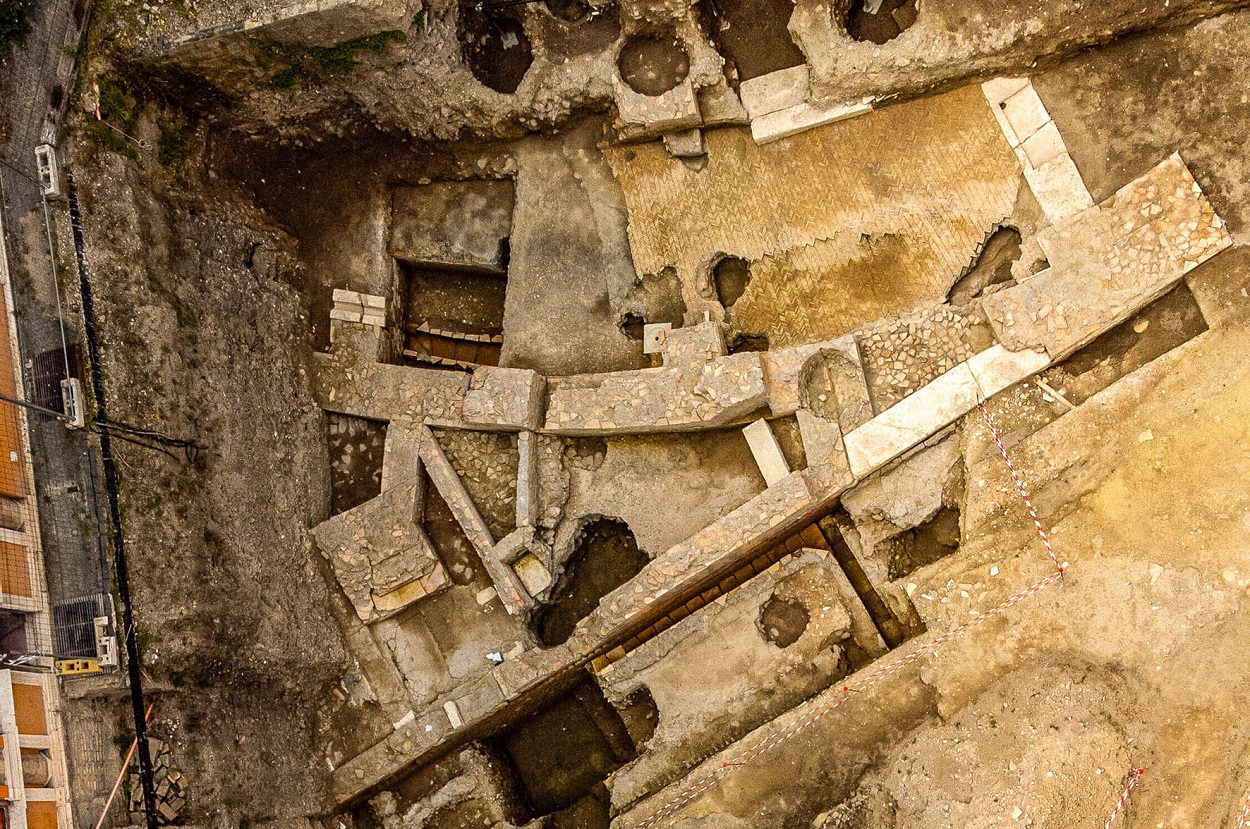Excavations conducted by the Superintendence of Rome have uncovered the remains of the Theatrum Neroni, a private theatre erected by Emperor Nero in Rome, Italy.
Nero was the fifth Roman emperor and final emperor of the Julio-Claudian dynasty, reigning from AD 54 until his death in AD 68.
Ancient sources were critical of Nero’s obsession with the arts, describing him as the “actor-emperor” (scaenici imperatoris). He made public appearances as an actor, poet, musician, and charioteer, which scandalised his aristocratic contemporaries as these occupations were usually the domain of slaves, public entertainers, and infamous persons.
Until now, evidence of the Theatrum Neroni were only known from literary sources such as text written by Pliny the Elder, Suetonius and Tacitus. Nero used the private theatre for rehearsals of his singing performances in the Theatre of Pompey, and may have been where he was witness to the great Fire of Rome in AD 64.

Archaeologists made the discovery during a two year excavation in the Renaissance palazzo della Rovere, revealing two structures in the opus latericium construction technique that overlooked an open courtyard possibly surrounded by a portico.
The first structure has a hemicycle plan featuring radial entrances, stairs, and walls. This configuration unmistakably resembles the cavea of a theatre, where the audience’s seating tiers were situated. Excavations also found marble columns and gold-leaf decorated plaster that may be from the architectural background of the stage known as the Scaenae frons. The second building was used for service functions, and housed perhaps the sets and costumes for performances.

The findings from the excavation were praised by officials as “exceptional” because they offer a unique glimpse into a stratum of Roman history spanning from the Roman Empire to the 15th century. Among the discoveries were 10th-century glass-colored goblets and pottery pieces, which are particularly remarkable since very little is known about this period in Rome’s history.
Header Image Credit : Fabio Caricchia

